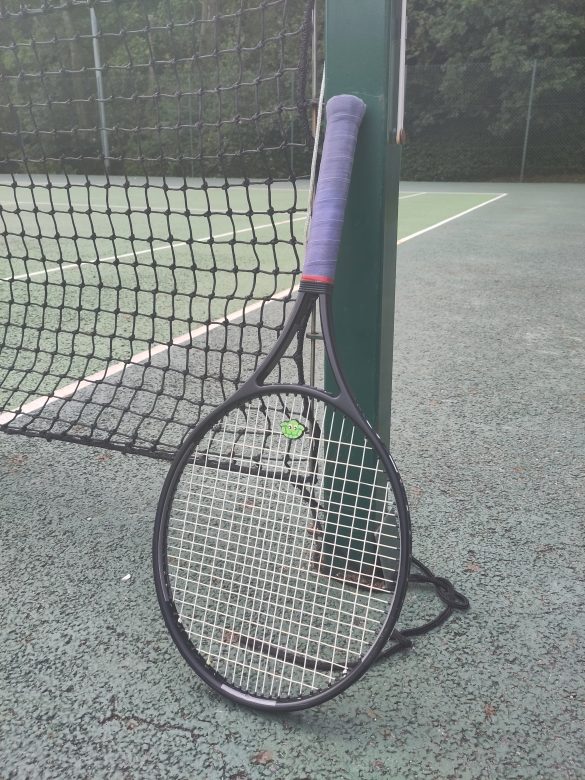rustyheadcsse
New User
I took a decade off from the sport and have been getting back into it in a real way over the last year or so. I’ve always had a penchant for tinkering with frames and my setup, and it appears that age (and disposable income) have only furthered those instincts. As I’ve started to come back, I’ve also been on a racquet hunt. I’m older, I’m worse, I don’t move as well - the Wilson Rok 93 from high school and the Flexpoint Prestige mid from college aren’t viable options for me anymore. So I’ve been searching for new frames on extended demos.
The observation I’ve had is how little variety seems to exist in players frames these days. It seems that every company has their 100 sq inch, 16x19, 300g, stiff spinny Pure Drive clone (Speed/Extreme, Ultra, Volkl 8, etc.) a 95-97 inch 16 main, stiffer model (Pro Staff, Pure Strike, Head Tour models, Percept) and a more flexible, denser pattern 98 inch model (Prestige, Blade, etc.)
I feel like 10-12 years ago we had more options. There was a lot more extended length stuff (Diablo Midplus, Prestige XL, extended length Pro Staffs, etc.), a lot more true midsize frames, and a lot more variety in general. Maybe this is just my memory going, but I feel like things have taken a step back and settled into some pretty distinct categories.
Am I missing something? Any recommendations for unique or under appreciated players or tweener frames with some unique characteristics to them? There are just so many different ways to hit a tennis ball at a high level that it strikes me as odd to see everything fall towards those 3 or so buckets that I noted. I’ve loved tinkering with weighted up versions of the Prince Vortex and the Dunlop CX200 OS lately. Would be curious for recommendations on any other unique frames, or thoughts about what may be driving this trend.
The observation I’ve had is how little variety seems to exist in players frames these days. It seems that every company has their 100 sq inch, 16x19, 300g, stiff spinny Pure Drive clone (Speed/Extreme, Ultra, Volkl 8, etc.) a 95-97 inch 16 main, stiffer model (Pro Staff, Pure Strike, Head Tour models, Percept) and a more flexible, denser pattern 98 inch model (Prestige, Blade, etc.)
I feel like 10-12 years ago we had more options. There was a lot more extended length stuff (Diablo Midplus, Prestige XL, extended length Pro Staffs, etc.), a lot more true midsize frames, and a lot more variety in general. Maybe this is just my memory going, but I feel like things have taken a step back and settled into some pretty distinct categories.
Am I missing something? Any recommendations for unique or under appreciated players or tweener frames with some unique characteristics to them? There are just so many different ways to hit a tennis ball at a high level that it strikes me as odd to see everything fall towards those 3 or so buckets that I noted. I’ve loved tinkering with weighted up versions of the Prince Vortex and the Dunlop CX200 OS lately. Would be curious for recommendations on any other unique frames, or thoughts about what may be driving this trend.

